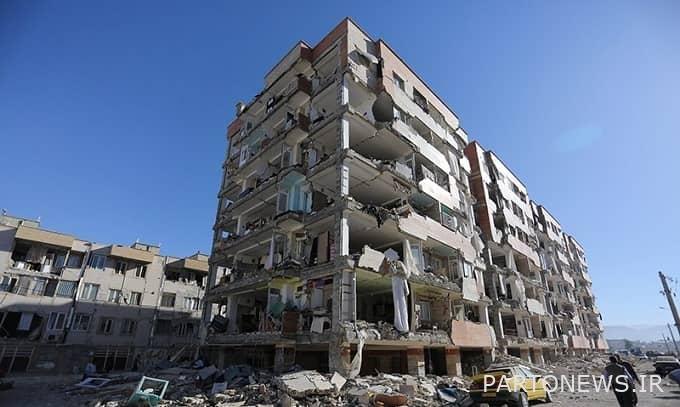Iranian cinema and the lack of disaster genre; There is a problem beyond technique

Why Iranian cinema has rarely gone to the disaster genre and Iranian films centered on a disaster or public crisis are either few or non-existent. While Iran is a country full of natural and social incidents and crises, any of them can be used as a basis for making a movie.
Charso Press: Our country is a vast land; Natural disasters such as floods and earthquakes, social and human disasters such as the high number of accidents and fatalities, plane crashes, fires, etc., and some infectious diseases should also be added to these cases. Corona crisis and its extensive human damage is one of the latest examples of disaster in the country, which of course had global dimensions. Now the question is why the disaster genre or cinema in our country has not been formed or is very weak compared to all the disasters and tragedies that we are witnessing. With the spread of the corona virus in Iran and its epidemic at the level of the society and of course the psychological consequences and social fear created by it, once again the disaster cinema, its components and characteristics along with its importance and position in the cinema industry and its social effects on the audience among cinematographers and Some film media were mentioned. Whether it is possible to talk about disaster in the sense of a genre that requires a specific formic structure or not, is a controversy that should be discussed in its place. But whether we consider it as a genre or not, we are faced with a large number of films that, at least in the form of the theme, characterization, and narrative of a disaster or crisis, have a quality in the structure and cinematic expression, and they can be defined under disaster cinema. and classified A movie in which a natural or human and social disaster destroys many people and nature; For example, floods, earthquakes, nuclear war, the spread of a disease, and events such as massive fires or plane crashes. Usually, the focus of these movies is on the disaster and its depiction, and the characters of the story are trying, fighting and resisting to survive and save themselves from that disaster. The visual and dramatic components of these films are close to the action and science-fiction genre, and perhaps it is a combination of them, and some even consider it a subset of these genres. These works usually have many characters and many storylines based on their efforts to get rid of the disaster. Some people also refer to these movies as apocalyptic movies, whose stories are about the end of the world, humanity and morality have been completely destroyed, and the survivors of the accident are also involved in the consequences of the disaster. Some critics consider these films to be a part of the same genre or a combination of them due to their style and common elements with action and adventure films or science fiction films. Films that depend on technical skills and special effects are high-budget films. Many consider the movie Airport (1970) to be the first serious attempt of cinema to create disaster works, which was well received by the audience and critics. Poseidon’s Story, Earthquake and Hell’s Skyscraper are among the other works that were made during this period and following the success of the airport. In the new era and the emergence of technologies such as CGI, the creation of disaster genre works entered a new stage. Perhaps the most successful and famous disaster movie made in the last three decades is the movie Titanic directed by James Cameron, which depicts the story of the sinking of the Titanic with a fictional narrative. But the filmmaker who produced the most works in this genre and became known as the director of disaster cinema is Ronald Emmerich, a German director who made films such as Independence Day, The Day After Tomorrow, 2012 and Stargate in this genre. Most of the movies that were made in the disaster genre had a fictional and fantasy story, but there are few examples in this genre that were made based on a real story; Impossible, Sally and Chernobyl miniseries are from this category. This genre is still popular among many movie lovers and every year we see several movies being made in this genre. Movies that fascinate and terrify the audience due to the excitement, inflammation and fear it creates.
But the question of this note is why Iranian cinema has rarely gone to the disaster genre and Iranian films centered on a disaster or public crisis are either few or non-existent. While Iran is a country full of natural and social incidents and crises, any of them can be used as a basis for making a movie. For example, there is only one film about the Earthquake, Wake Up, Arzoo Kianush Ayari, which was limited to screening after 13 years in art and experience cinema, or about the fire and collapse of the Plasco building, there is only one film, Mustafa Kiai’s Istanbul Crossroads, which has addressed it indirectly. Although part of this lack of work is due to the technical and technical inadequacy of our cinema or the lack of budget, it seems that the problem of working in these hardware issues is more related to cinema policies. To the policies that consider making movies about accidents and disasters an example of slander!

